Succulent Care: The Ultimate Guide to Thriving, Low-Maintenance Plants
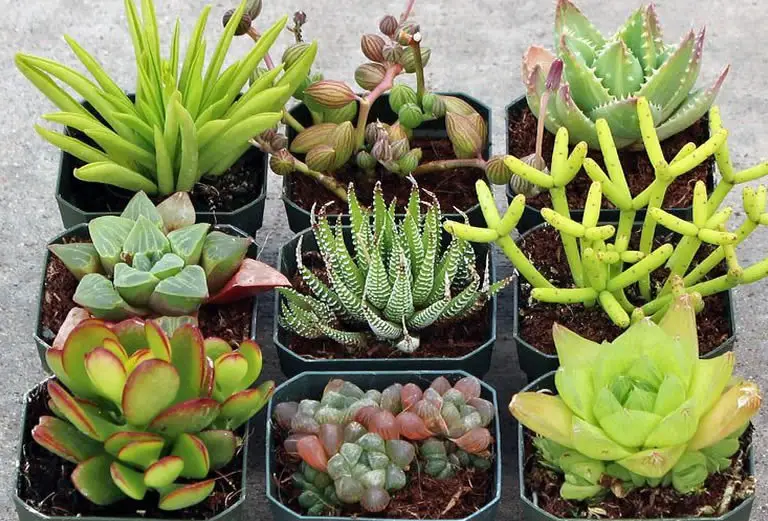
Succulents have become the go-to plants for beginners and busy plant lovers alike. Their bold shapes, stunning colors, and ability to thrive on minimal care make them ideal for just about any space. Whether you’re growing them in pots on a windowsill, arranging them in dish gardens, or creating an outdoor rock garden, succulents offer variety, personality, and resilience.
This guide covers everything you need to know to help your succulents thrive year-round—indoors and out.
Table of Contents
- Succulent Basics
- Light Requirements: Bright, Indirect Sun Is Best
- Watering: Dry Soil First, Then Soak Thoroughly
- Soil and Potting: Drainage Is Everything
- Fertilizer: Occasional Feeding for Stronger Growth
- Pruning and Maintenance: Keep It Tidy
- Best Spot in the Home
- Outdoor Succulent Care
- Common Problems and Fixes
- Final Thoughts
Succulent Basics
Succulents are not a specific plant family, but rather a broad category of plants that share a similar trait: thick, fleshy leaves or stems that store water.
These plants have adapted to survive in dry environments with infrequent rainfall by retaining moisture in their tissues.
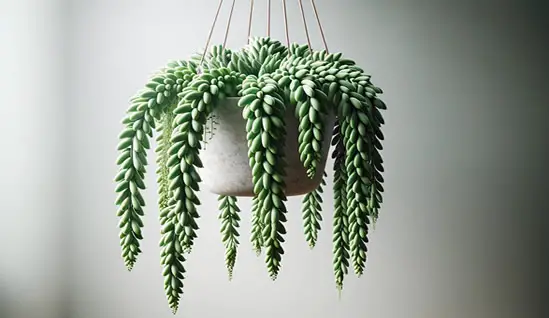
You’ll find succulents growing naturally in deserts, mountains, rocky cliffs, and even rainforests around the world.
They span across multiple botanical families, including Crassulaceae (like Echeveria and Crassula), Cactaceae (cacti), Aizoaceae (Lithops and ice plants), and Apocynaceae (Hoya and Adenium).
This diverse background gives them a wide range of forms—from tiny rosettes to towering columns and trailing vines.
Light Requirements: Bright, Indirect Sun Is Best
Most succulents thrive in bright, indirect sunlight for at least 4 to 6 hours a day.
A south- or west-facing window is usually perfect.
Morning sun with afternoon shade is also ideal for some types that scorch easily in hot, direct light.
If your succulents begin to stretch or lose color, they’re likely not getting enough light.
Rotating your plant every few days helps ensure even growth and symmetry.
Low-light conditions are not suitable for most succulents.
If needed, supplement with a grow light to maintain healthy growth indoors.
Watering: Dry Soil First, Then Soak Thoroughly
Overwatering is the number one cause of succulent trouble.
These plants prefer the “soak and dry” method—water thoroughly only when the soil is completely dry.
Stick your finger into the soil or use a moisture meter to check.
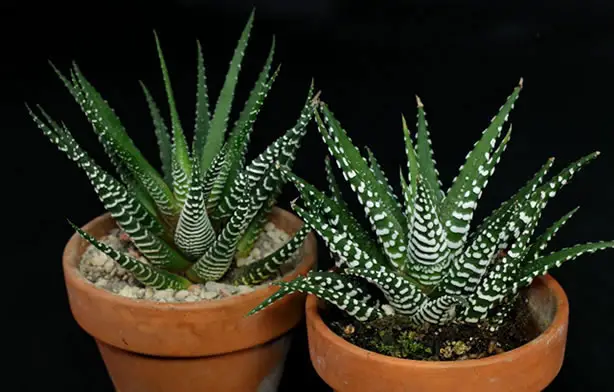
In typical indoor conditions, you’ll water every 10–14 days in summer and as little as once a month in winter.
Never water on a fixed schedule—let the plant tell you when it’s ready.
Always pour off any excess water and ensure the pot drains freely.
Soil and Potting: Drainage Is Everything
Succulents need well-draining soil to prevent rot. Use a commercial succulent or cactus mix, or create your own by combining:
-
2 parts potting soil
-
1 part perlite or pumice
-
1 part coarse sand
Choose pots with drainage holes to prevent water buildup at the roots. Unglazed terracotta pots are a great choice because they allow the soil to dry out faster.
Fertilizer: Occasional Feeding for Stronger Growth
Most succulents benefit from light feeding during the growing season (spring and summer).
Use a balanced or low-nitrogen fertilizer—such as 10-10-10 like this one, or 2-7-7 like this one – diluted to half strength, once a month.
Skip fertilizing in the fall and winter when the plants are dormant or growing slowly.
Overfeeding can cause weak, leggy growth.
Pruning and Maintenance: Keep It Tidy
Succulents generally require very little pruning.
You can snip off dead or dried leaves at the base or remove leggy stems to encourage fuller growth.
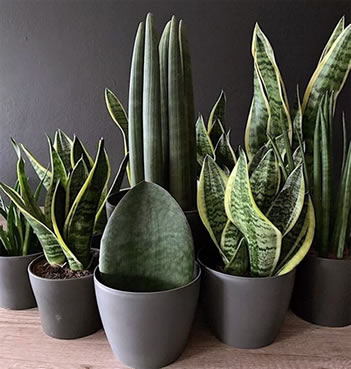
Trailing varieties like Sedum and Crassula benefit from occasional pinching to maintain shape.
Most succulent clippings can be propagated into new plants—so pruning is a win-win. You can learn how to do that in the guide Succulent Propagation: Easy Ways to Multiply Your Favorite Plants.
Best Spot in the Home
Succulents are ideal for sunny windowsills, kitchen counters, and bright living rooms.
They also work well in bathrooms with skylights or sunny porches where airflow is good and light is consistent.
Small succulents are perfect for tight spaces, while tall varieties can be used to create vertical interest in your home.
Outdoor Succulent Care
Succulents are just as happy outdoors as they are inside—if conditions are right.
Place them in a location with full sun to partial shade, and protect them from heavy rain and frost.
Many succulents thrive outdoors in USDA zones 9–11.
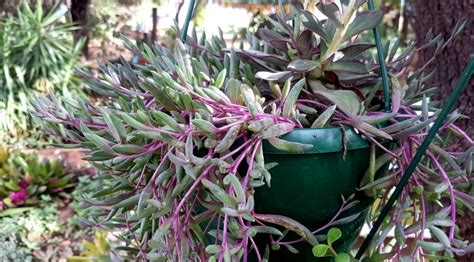
In cooler zones, they can be placed outside in spring and summer but must be brought in before nighttime temps dip below 50°F (10°C).
Make sure outdoor containers drain well, and don’t crowd succulents in garden beds—good air circulation helps prevent rot and pests.
Trailing types like Sedum burrito do especially well in hanging baskets, while clump-forming varieties such as Echeveria and Sempervivum are excellent in rock gardens and borders.
Common Problems and Fixes
Leaves turning mushy or translucent
Usually caused by overwatering.
Remove damaged leaves, repot in dry soil, and reduce watering frequency.
Leaves shriveling or wrinkling
Underwatering or extreme heat may be the cause.
Water deeply and move the plant out of harsh afternoon sun if needed.
Stretched, leggy growth
This is a sign of insufficient light.
Move your plant to a brighter spot or add a grow light.
Brown or crispy tips
Too much sun or low humidity.
Try relocating to a spot with filtered light and avoid watering on hot afternoons.
Pest problems (mealybugs, spider mites)
Wipe leaves with a cotton swab dipped in rubbing alcohol or spray with insecticidal soap. Improve airflow and reduce stress to prevent future outbreaks.
Final Thoughts
Succulents offer beauty, resilience, and variety—all in a neat, low-maintenance package.
With the right soil, light, and watering habits, they can thrive indoors or out and bring structure, color, and charm to any setting.
Whether you’re drawn to compact rosettes, trailing vines, or spiny characters, there’s a succulent out there that will fit your space and lifestyle perfectly.
Once you master the basics, caring for succulents becomes second nature—and growing your collection becomes addictive in the best way.
Thanks for reading! I'm Michael — houseplant fanatic and your Pinterest plant guide.
Follow me on Pinterest for fresh updates 🌿



